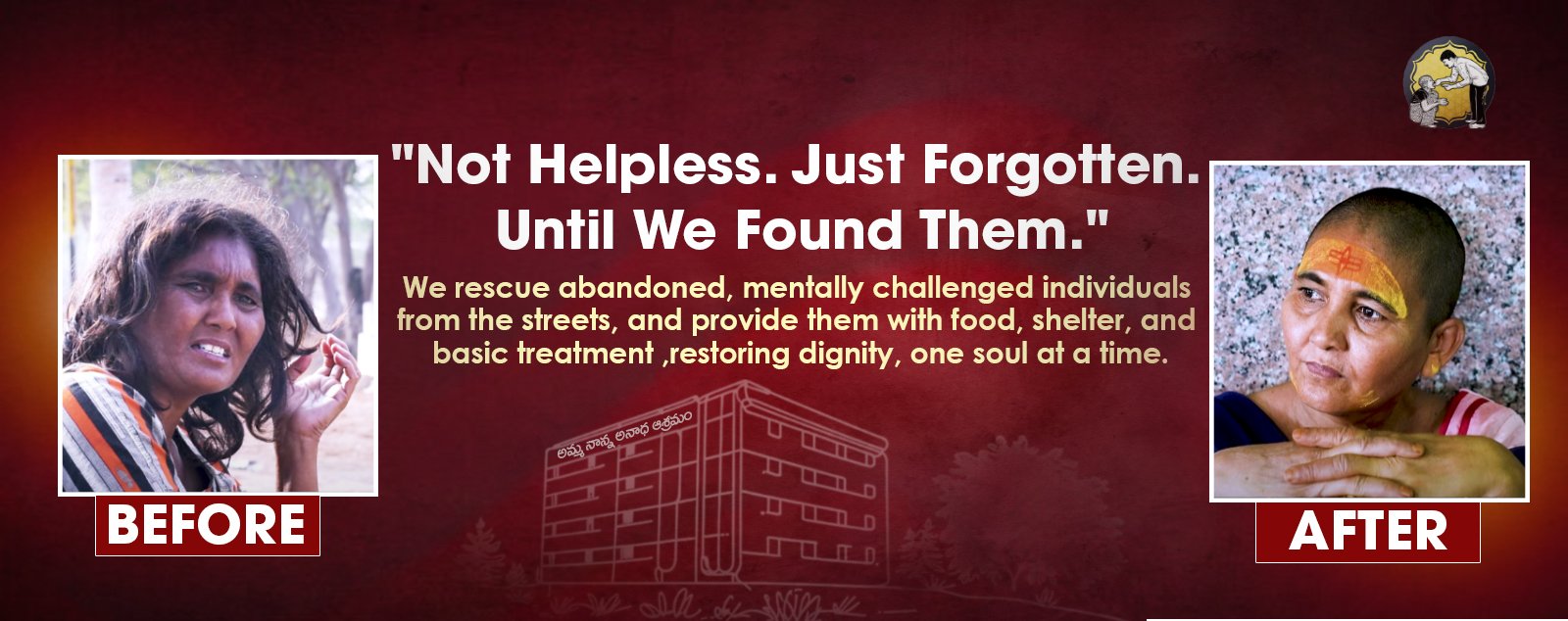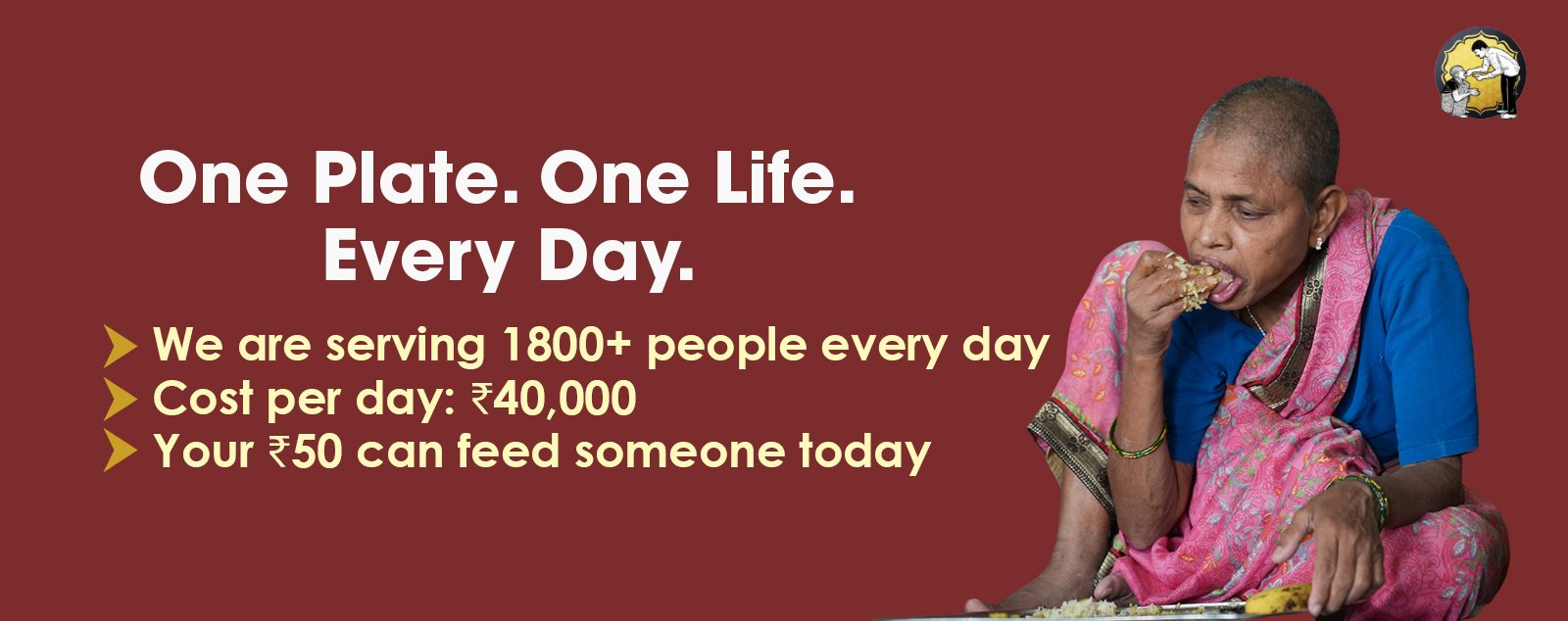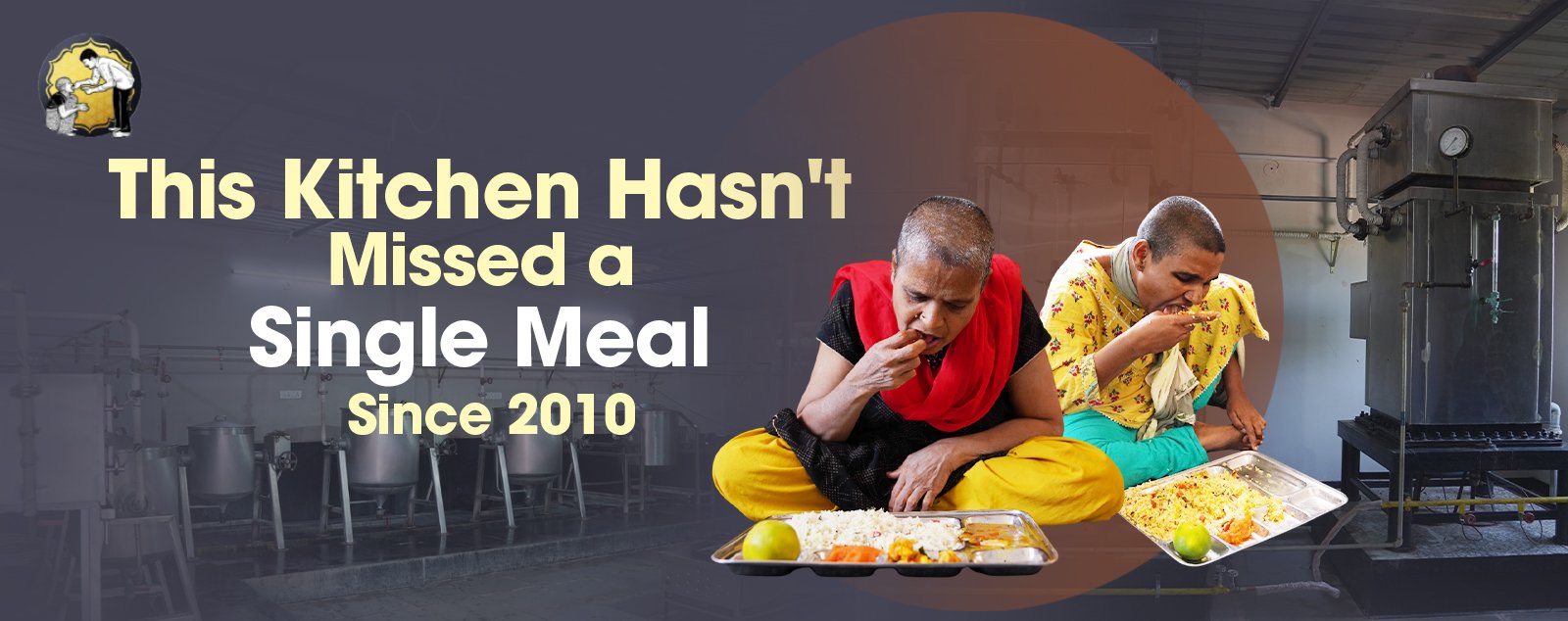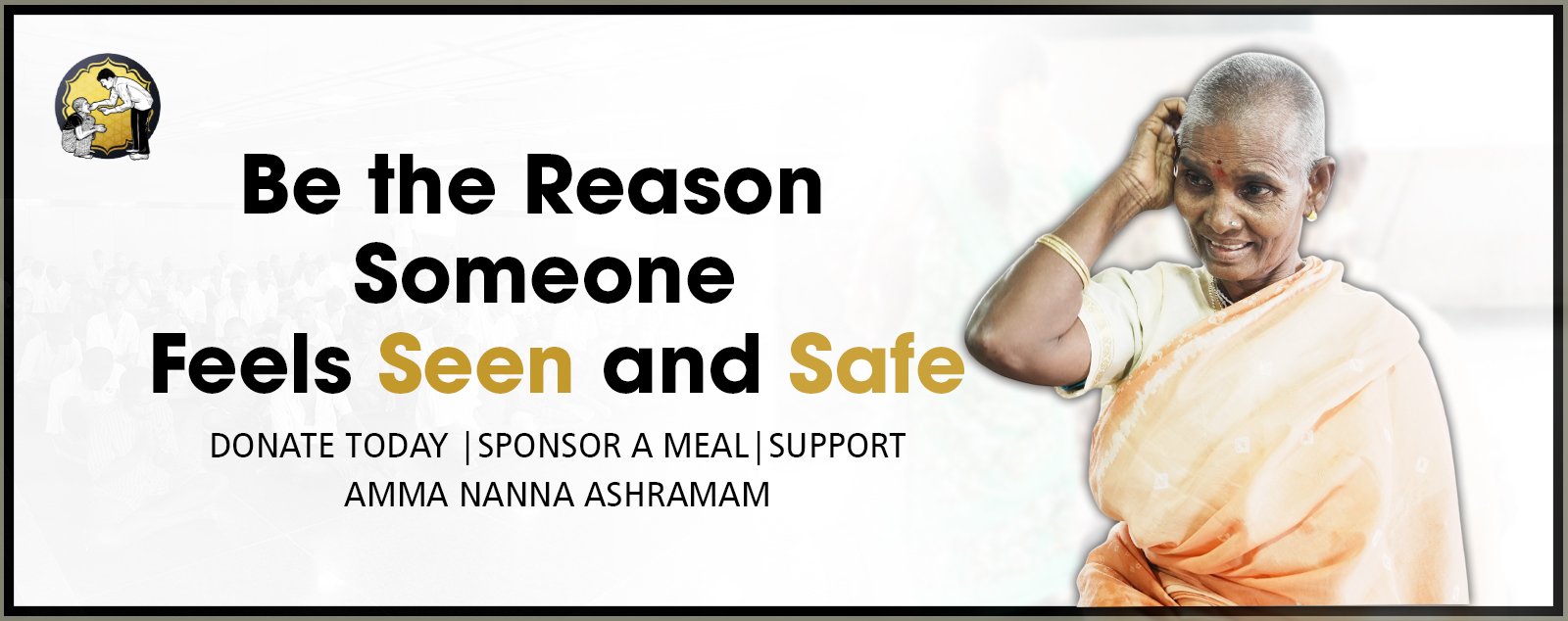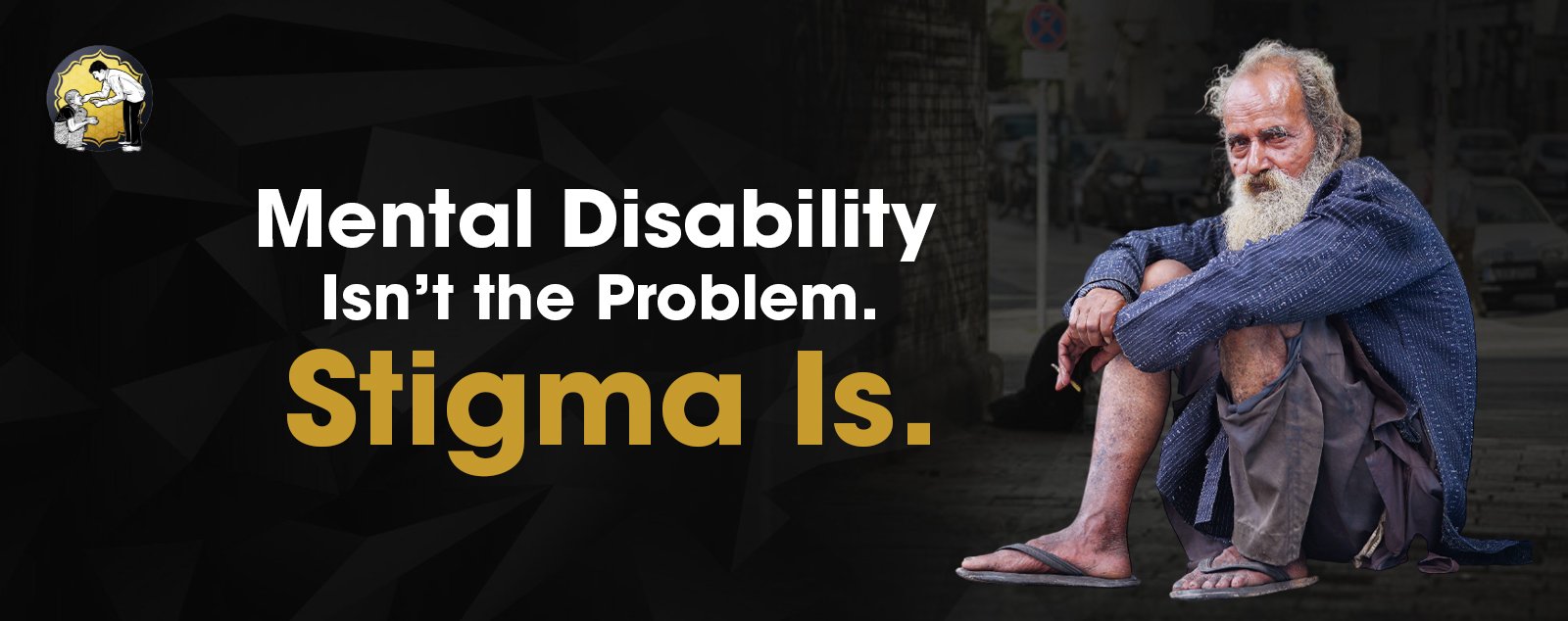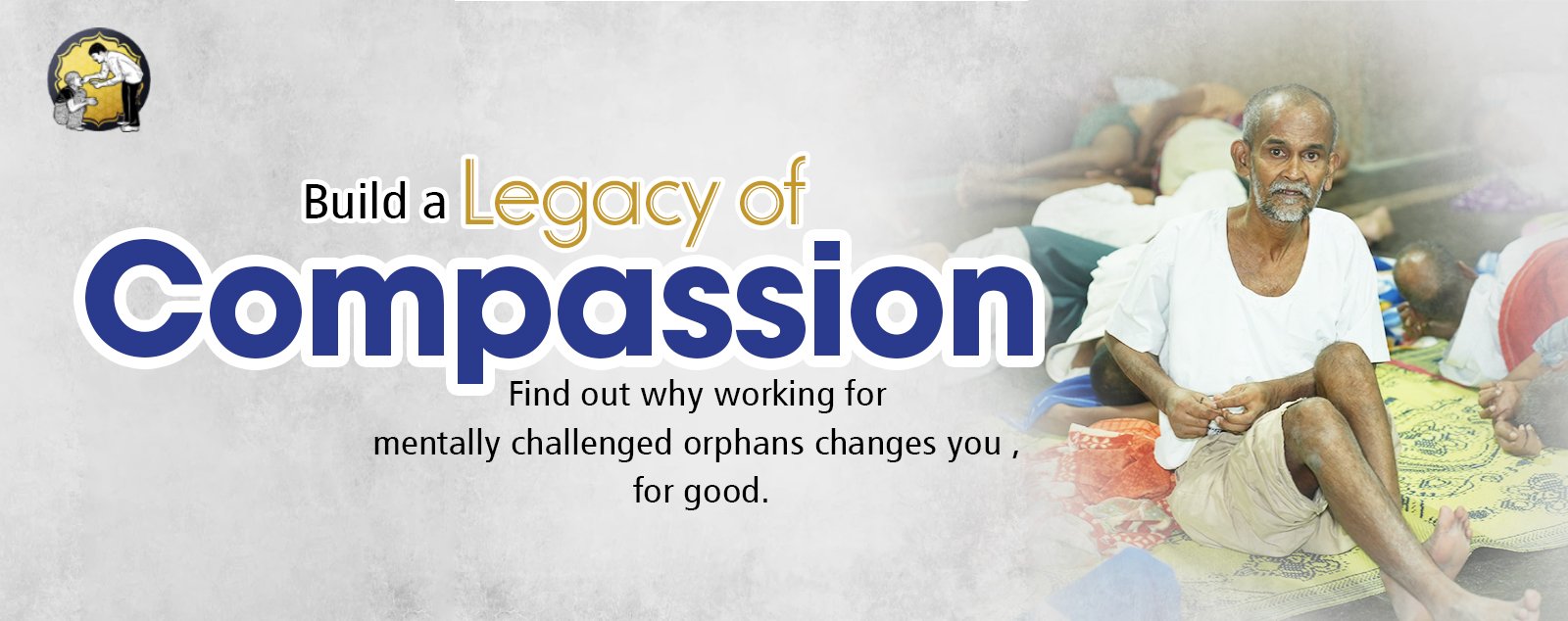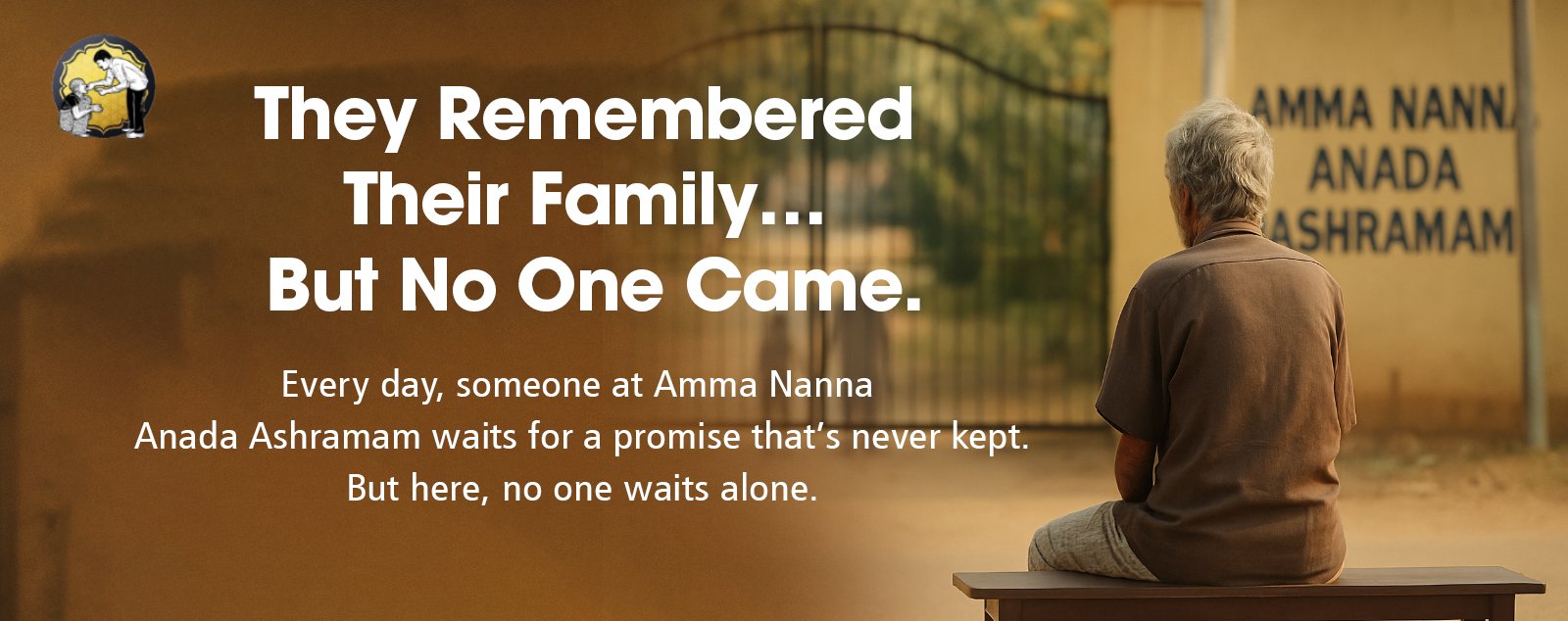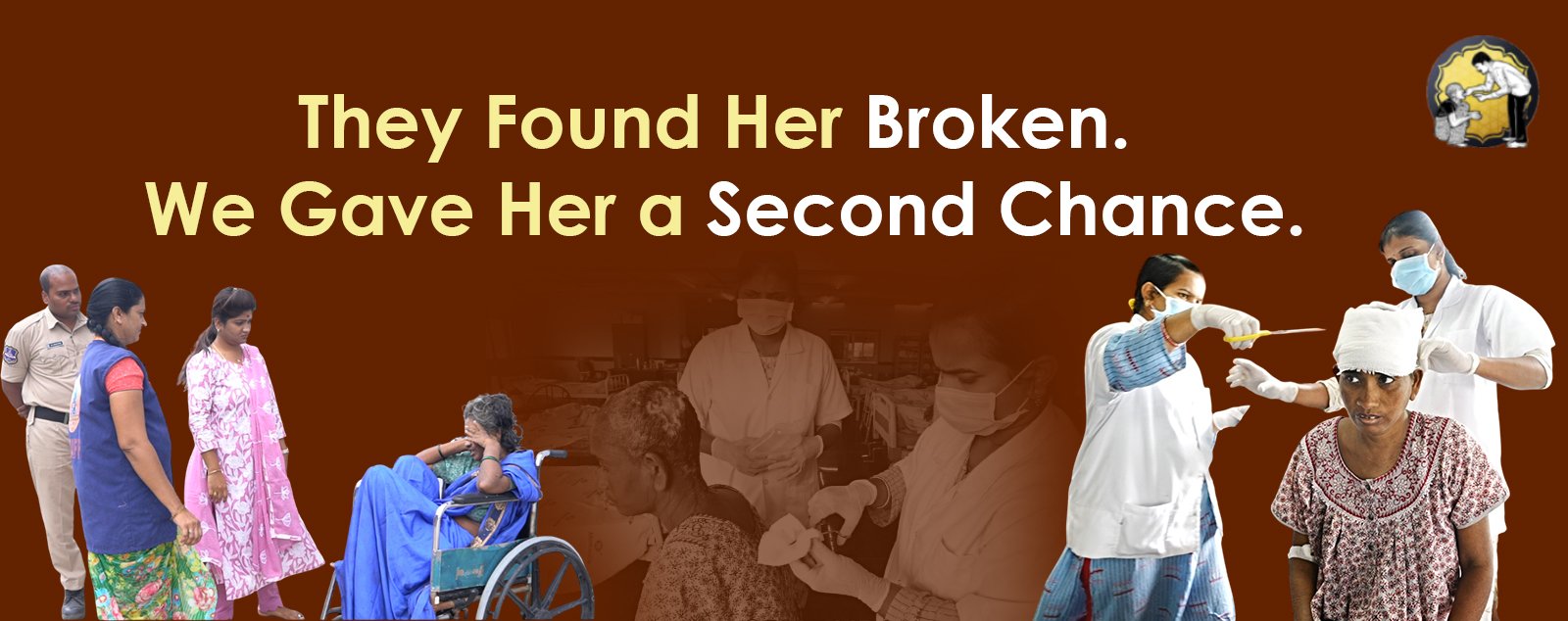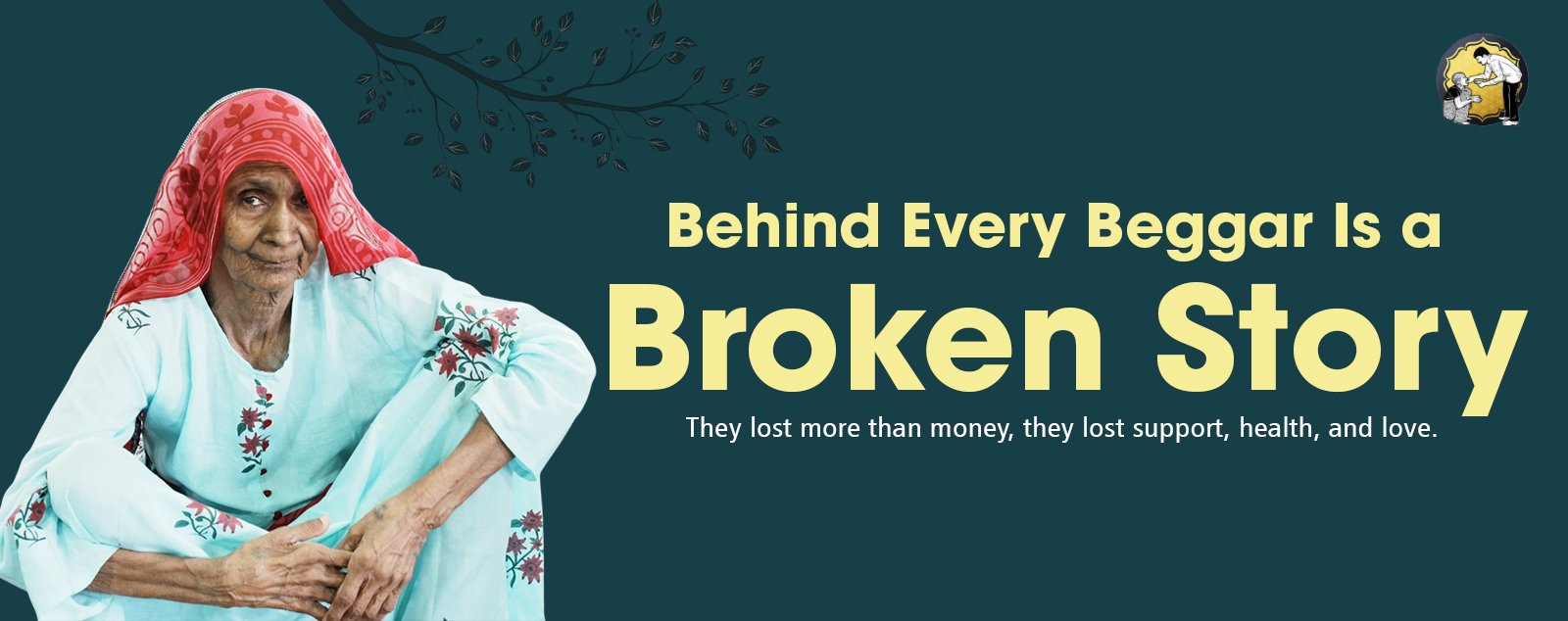- News
- News Blog

Why Does India Have So Many Beggars
Let’s Work for a Society Without Beggars
India, despite being one of the fastest-growing economies in the world, continues to struggle with poverty and homelessness. One of the most visible symptoms of this problem is the high number of people begging on the streets. Whether it's in metropolitan cities or rural towns, the sight of individuals seeking alms is common across the country.
But why is begging so prevalent in India? And how does the situation compare to other countries? This blog explores the root causes, socio-economic triggers, and international comparisons that can help us understand the deeper layers of this persistent issue.
Begging in India: The Numbers
According to the 2011 Census of India, there were approximately 413,670 beggars in the country:
221,673 men
191,997 women
That represents roughly 0.03% of India’s population at the time.
While the figure may seem small in percentage terms, in absolute numbers, it is among the highest in the world due to India’s massive population.
Global Comparison: How Does India Compare?
Let’s take a look at how India fares against other countries:
Country | Estimated Begging population | %of Total Population |
India | ~414,000 (2011) | 0.03% |
Pakistan | ~38 million (2024 estimate) | ~16.5% |
United States | ~553,742 homeless (2023) | ~0.17% |
Nigeria | ~1 million beggars (2023 est.) | ~0.45% |
Pilipence | ~250,000 street dwellers | ~0.22% |
Why Is Begging So Common in India?
1. Extreme Poverty
Despite economic progress, a large section of India's population lives below the poverty line.
Limited access to employment, especially for marginalized communities, forces many to resort to begging as a last means of survival.
2. Unemployment & Underemployment
Informal sector jobs are unstable and seasonal.
Lack of education and vocational training leaves many unqualified for consistent work.
3. Lack of Social Security Systems
There is minimal welfare support for the elderly, differently-abled, or mentally challenged individuals.
In rural areas, access to pensions or disability allowances is often blocked by red tape or corruption.
4. Cultural and Religious Tolerance
In India, giving alms is seen as a religious duty, especially near temples, dargahs, and pilgrimage sites.
This encourages begging as a relatively "acceptable" form of livelihood.
6. Mental Health and Disability
Many individuals begging on the streets suffer from untreated mental illnesses or disabilities.
With inadequate healthcare facilities and rehabilitation homes, they are left to fend for themselves.
Challenges in Eradicating Begging
Lack of Reliable Data: India has not conducted a fresh nationwide survey of beggars since 2011.
Ineffective Legislation: Anti-begging laws are often outdated and criminalize poverty instead of addressing its root causes.
Poor Rehabilitation Systems: Shelters, skill-training centers, and NGOs are underfunded and overburdened.
What Can Be Done?
1. Strengthen Welfare Programs
Direct benefit transfers, pensions for elderly and disabled, and housing schemes need to be more accessible.
2. Invest in Mental Health and De-addiction Centers
Especially for those living on streets and showing signs of mental illness.
3. Public-Private Partnerships
NGOs like Amma Nanna Anada Ashramam are already doing the groundwork. Government collaboration could scale up their impact.
4. Public Awareness and Compassion
Citizens need to be more aware of giving responsibly—supporting rehabilitation efforts instead of enabling mafias.
Conclusion
India may not have the highest percentage of beggars relative to its population, but the scale and visibility of the problem demand urgent attention. The roots of begging lie in poverty, social inequality, systemic failure, and exploitation. By understanding the issue holistically and implementing inclusive policies, India can move closer to a future where no one is forced to beg for survival.
